Black Tea
Black tea is fully oxidized and for a long time, this has been the main type of tea consumed in Europe.
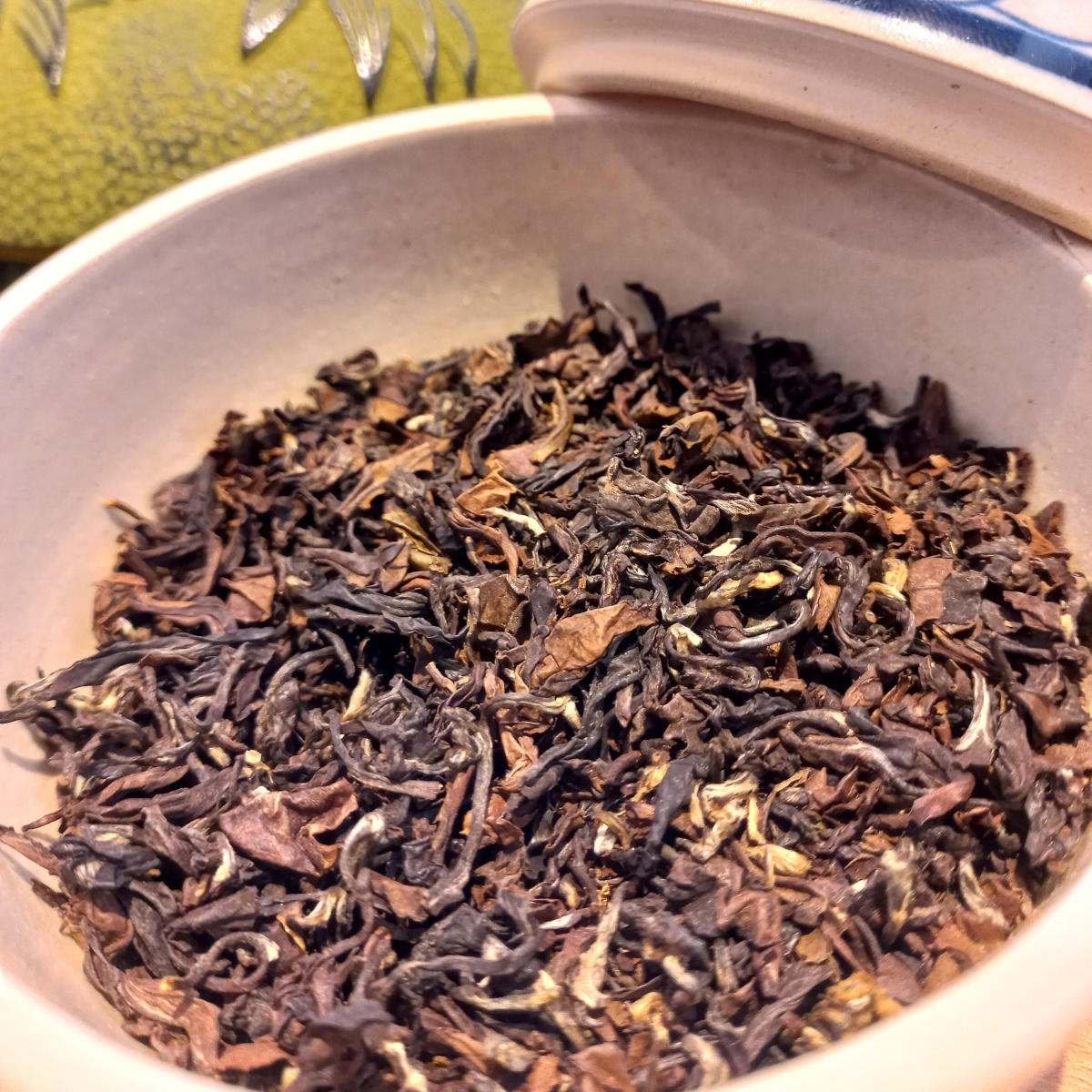
- White Tea
- Green Tea
- Yellow Tea
- Black Tea
- Oolong Tea
- Puer Tea
Black tea is a type of tea that is made from the leaves of the Camellia sinensis plant. It is the most processed of the four main types of tea (green, black, oolong, white) and has a strong, full-bodied flavor.
The processing of black tea involves withering the freshly harvested leaves, rolling them to break down the cell walls, and allowing them to oxidize fully. This oxidation process is what gives black tea its dark color and robust flavor.
Black tea is high in caffeine and is known for its invigorating effects. It is often enjoyed with milk and sugar, and is a staple in many tea-drinking cultures, including Britain and India.
Black tea is also a rich source of antioxidants and has been shown to have several health benefits, including reducing the risk of cardiovascular disease and improving gut health.
Overall, black tea is a versatile and popular beverage that is enjoyed around the world for its bold flavor, caffeine content, and health benefits. Whether enjoyed plain or with added flavors, black tea is a staple in many tea-drinking cultures and continues to be enjoyed for its rich history, cultural significance, and delicious taste.
Please note that in China, it is called 红茶 (hóng chá), so it actually is red tea rather than black. Black tea exists, but refers to a different type of processing method.
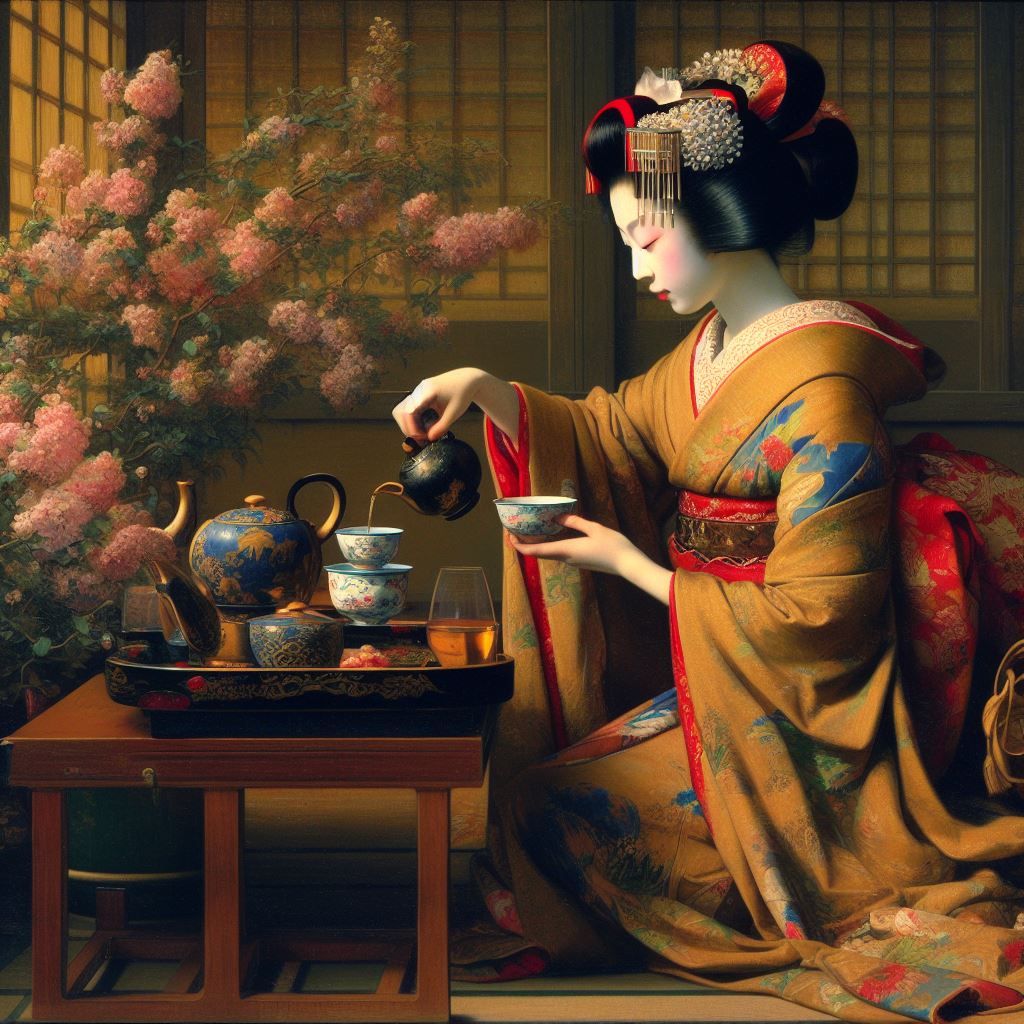
Black teas at RealiTea
At the time I am writing this, we have five different kinds of assorted black teas at RealiTea:
Keemun (organic) - China- Assam OP - India
- Darjeeling 2nd Flush, FTGFOP 1 - India
Ceylon OP St. James - Sri Lanka- Lapsang Souchong, Wuyi-Mountains, Fujian, China
Our selection may vary according to season, demand and availability.
New Stuff
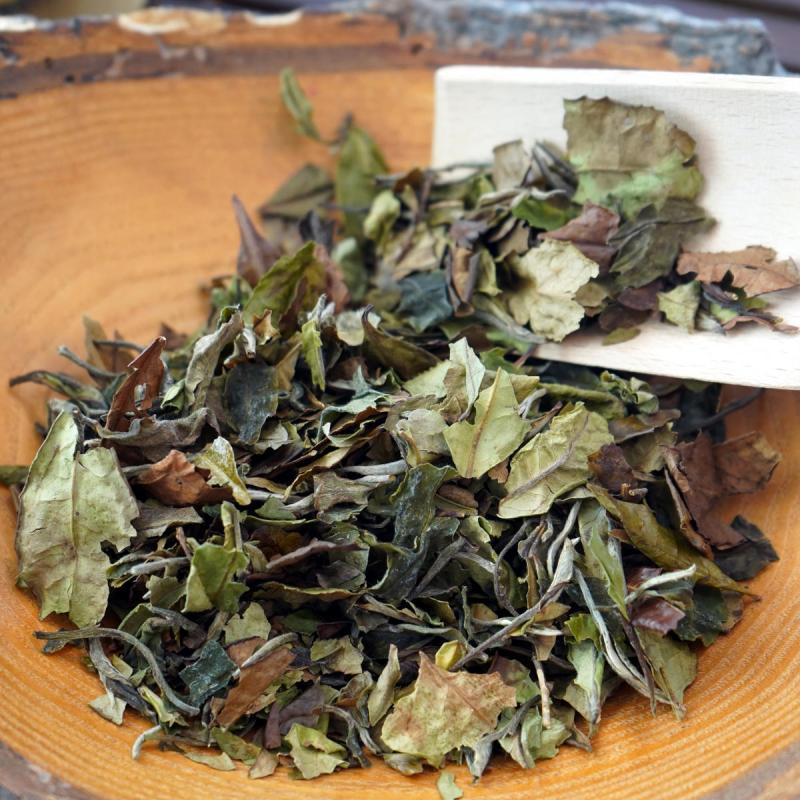 | White Tea White tea, a name synonymous with purity and elegance, beckons tea lovers seeking a subtle yet captivating experience. |
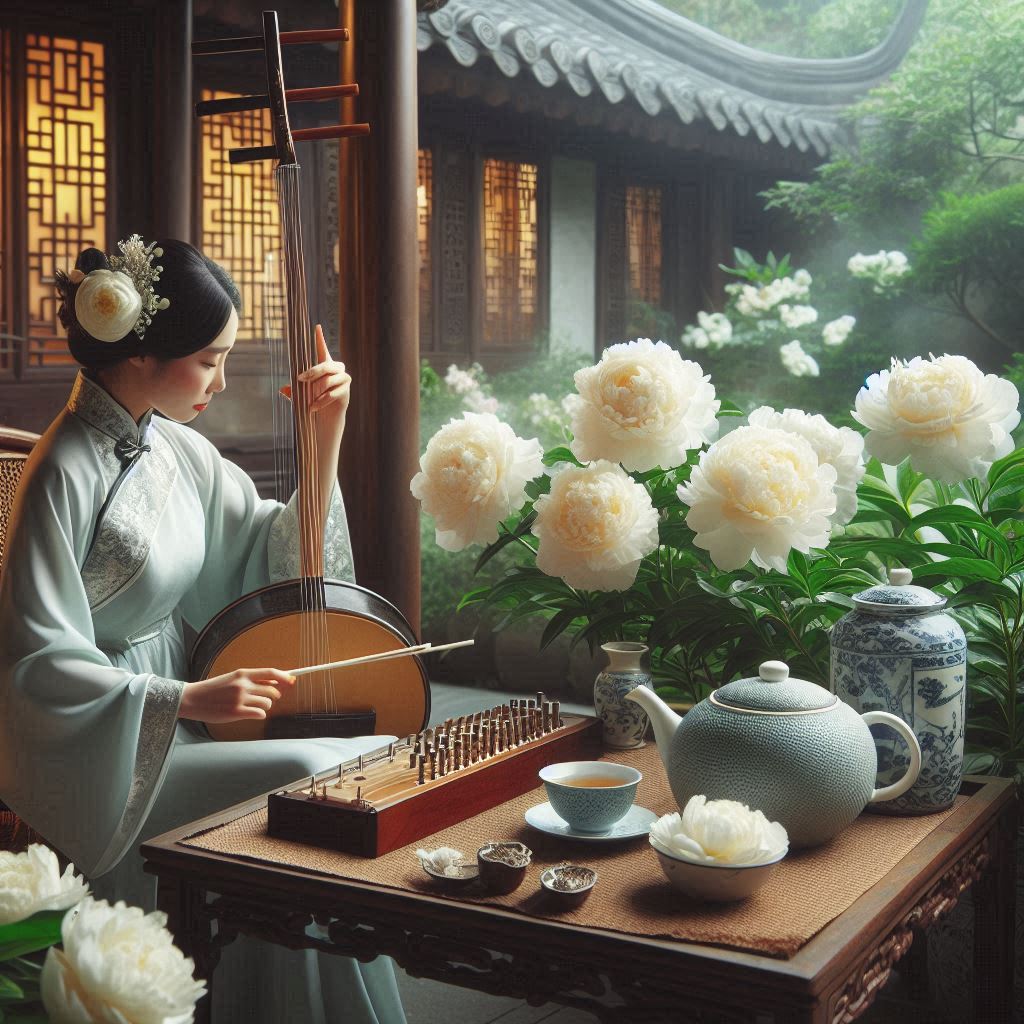 | Unveiling the Delicate Elegance of Pai Mu Tan White Tea Have you ever craved a tea that embodies pure refinement? Look no further than Pai Mu Tan, a white tea celebrated for its delicate taste and minimal processing. |
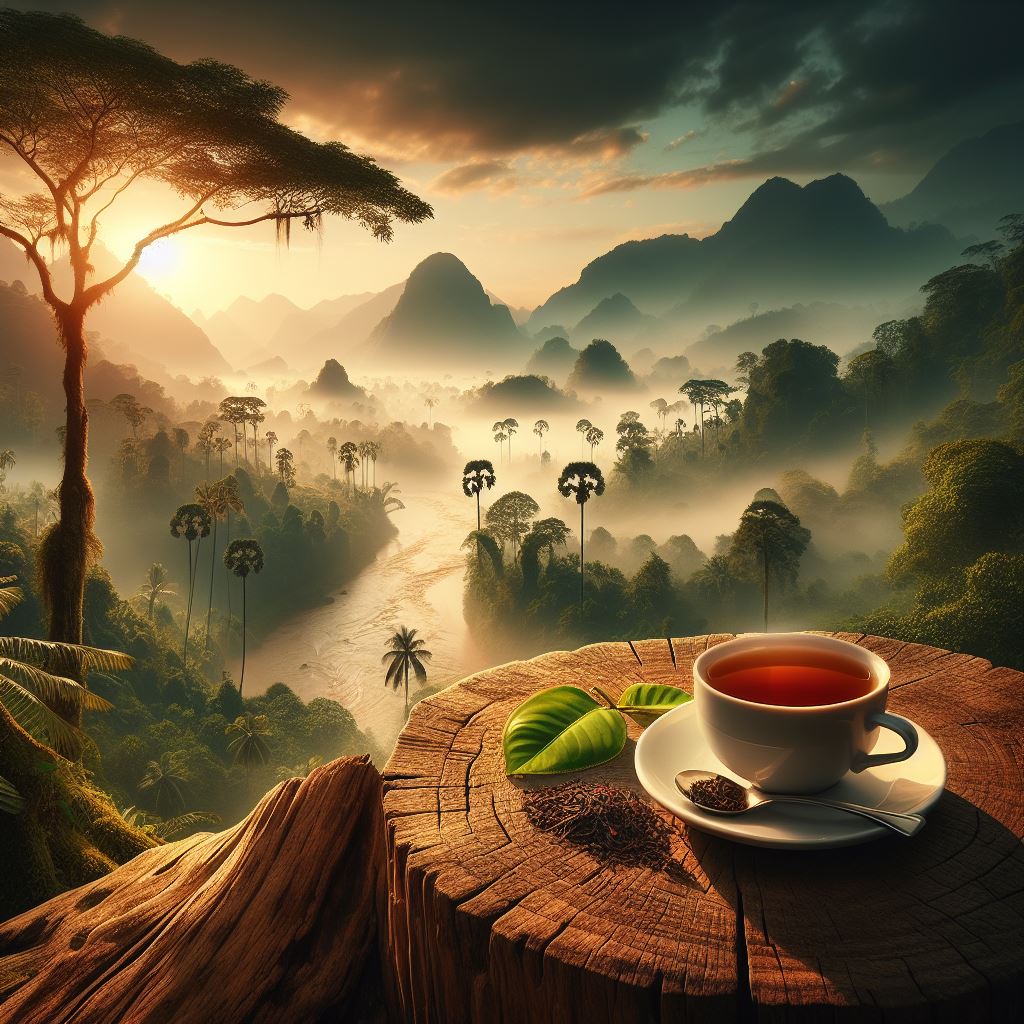 | Assam Tea A bold brew from the foothills of the Himalayas and one of the most popular teas. |
 | Opening Times New opening times from 1st of November 2023! Mon - Thu 09:30 AM - 05:30 PM, Fri & Sat 9:30 AM - 07:00 PM ... Sun closed |
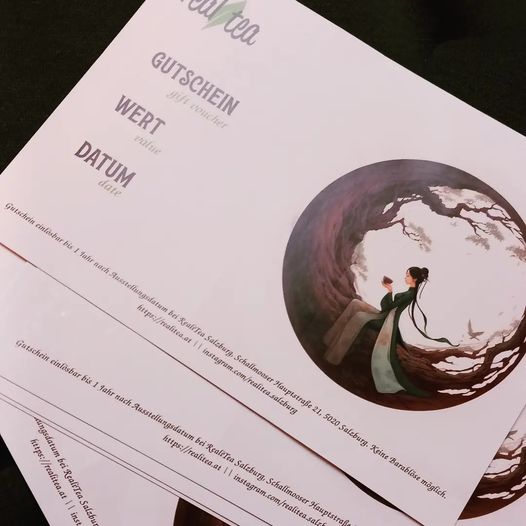 | When sombebody vouches for a gift they buy a gift voucher. Now at RealiTea! |
 | The issue of fake coffee in Vietnam Despite Vietnam having excellent conditions for growing great coffee, premium suppliers are rare and street coffee often is not even real coffee. What is wrong here and what is right? Let us take a look. |
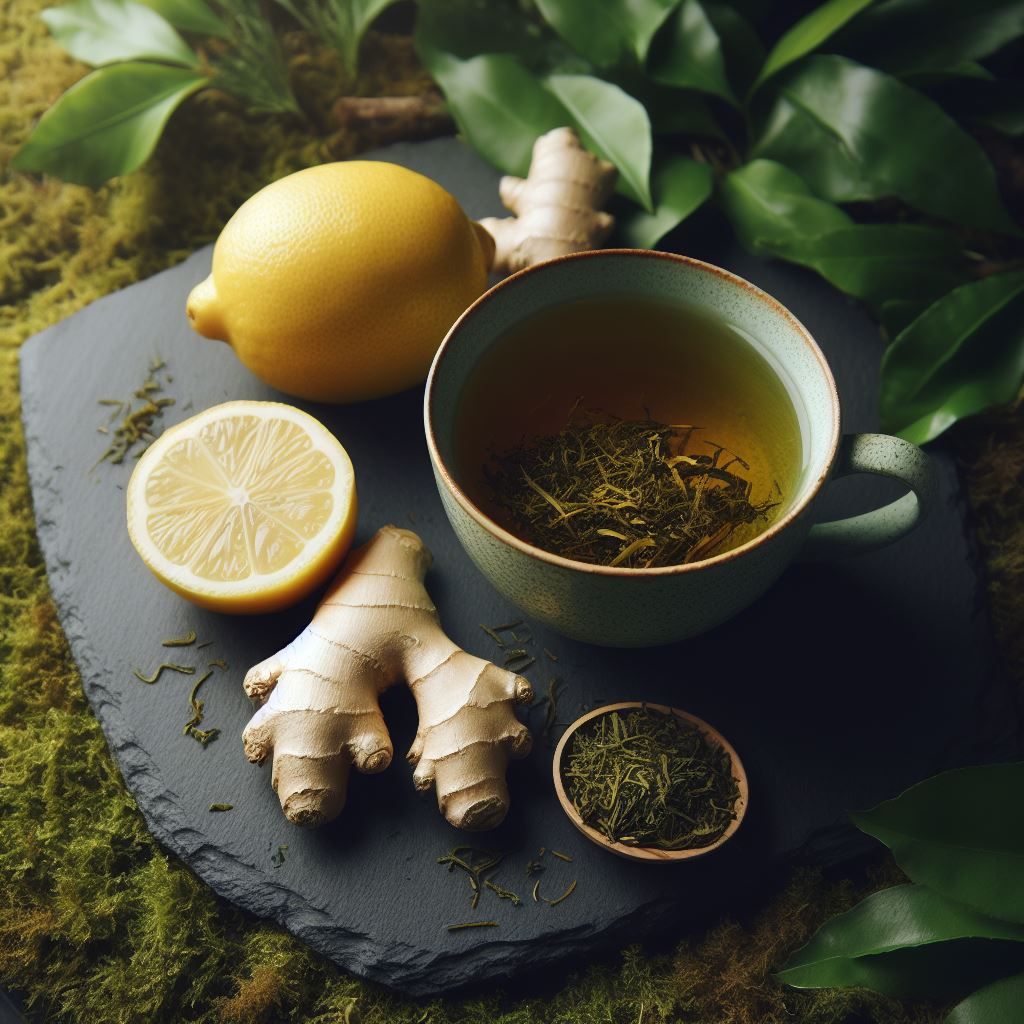 | The Benefits of Ginger Tea During the Cozy Season Ginger is a wonderful remedy for chills or scratchy throats, so the ginger green tea we have on the menu is perfect for the cold time! |
